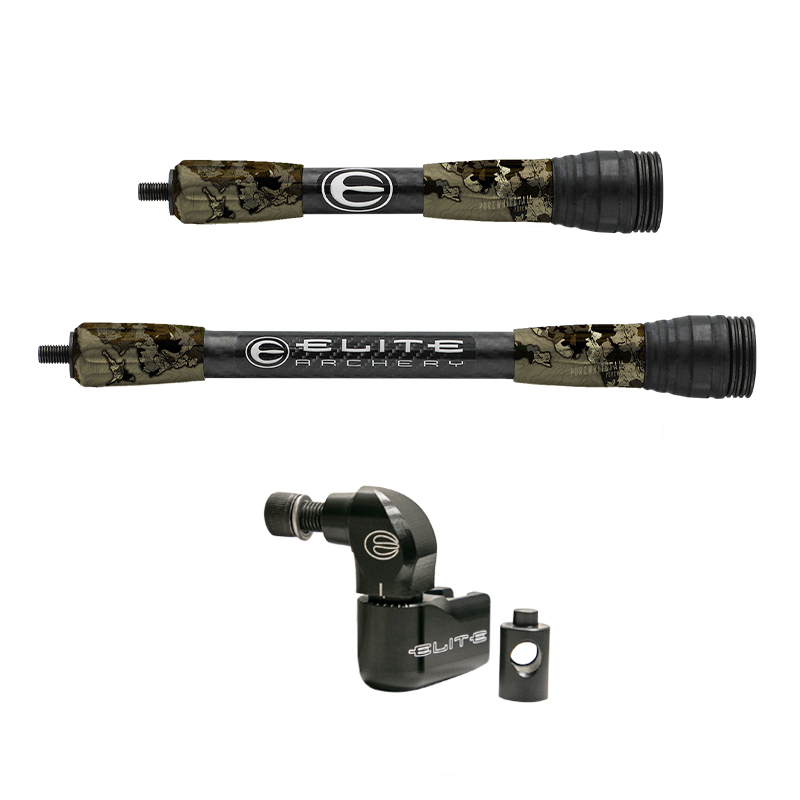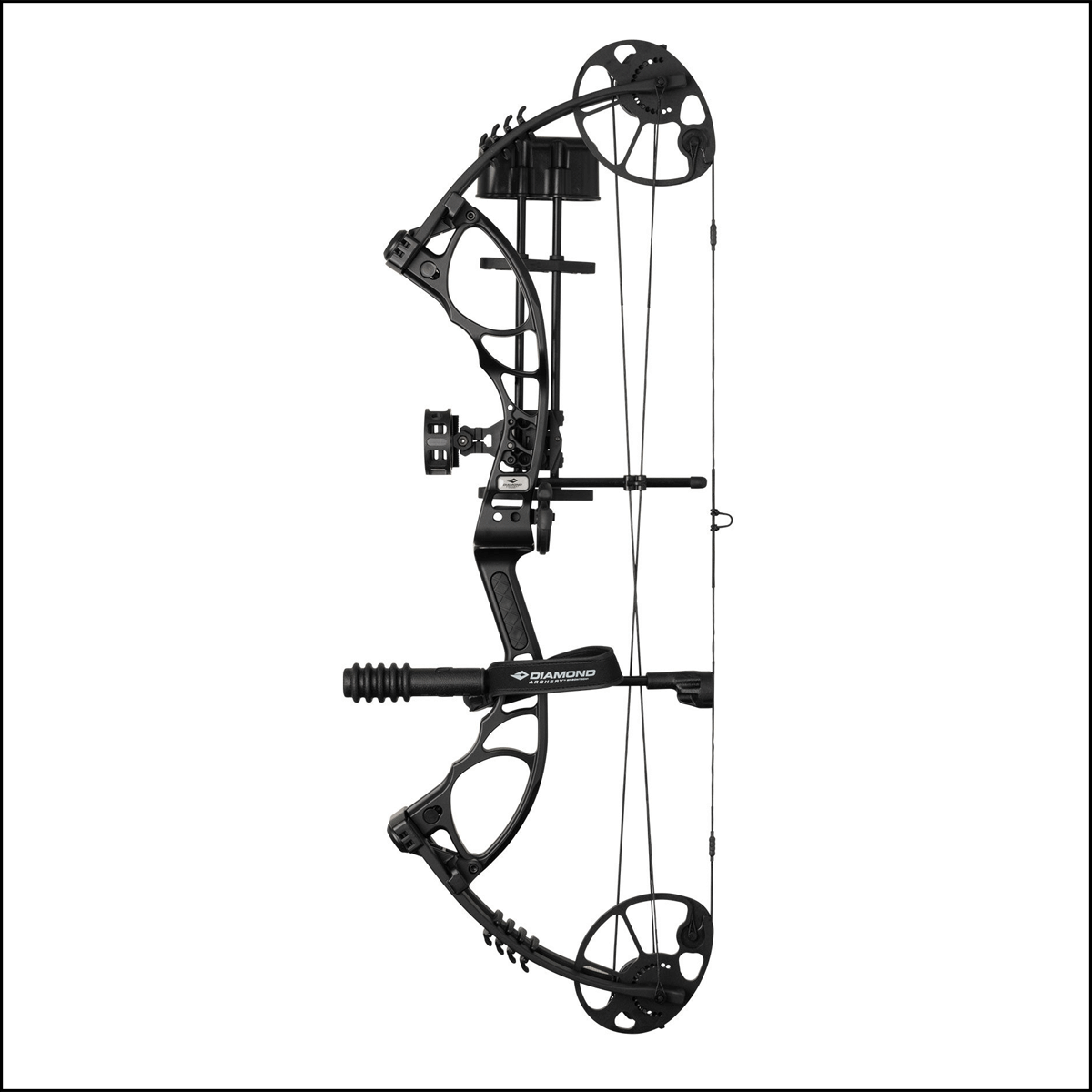Bow Stabilizer Reviews: Find the Perfect Stability Solution for Your Bow
Maximize Your Archery Accuracy With These Bow Stabilizer Methods
One crucial component that can dramatically influence your efficiency is the appropriate usage of bow stabilizers. Whether you are a seasoned archer looking to improve your abilities or a novice excited to improve your accuracy, grasping these bow stabilizer techniques could be the key to striking your mark with unparalleled uniformity.
Advantages of Utilizing Bow Stabilizers
Using bow stabilizers can significantly improve an archer's accuracy and total efficiency by reducing bow torque and vibration. Bow torque, created by the unequal circulation of weight in the bow, can result in disparities in shot positioning. By affixing a bow stabilizer, the weight is rearranged, decreasing the effects of torque and aiding the archer accomplish an extra constant shot. Furthermore, bow stabilizers moisten vibration, which not just enhances the comfort of capturing however also protects against the bow from jumping upon release, hence aiding in maintaining correct goal.
In addition, bow stabilizers can assist in holding the bow stable, specifically throughout windy conditions or when shooting from longer ranges. The added weight at the front of the bow offers security and equilibrium, permitting the archer to concentrate on aiming without the disturbance of bow movement. In general, the benefits of utilizing bow stabilizers expand past simply accuracy, enhancing the archer's experience and performance in different shooting circumstances.
Choosing the Right Bow Stabilizer
Picking the proper bow stabilizer is important for enhancing your archery equipment and improving shooting performance. Heavier stabilizers can aid lower bow torque and soak up more vibration, leading to a steadier aim.

Last but not least, think about the style of the stabilizer. Some stabilizers come with flexible weights or dampeners that enable you to tailor the balance and feel of your bow. Inevitably, selecting the right bow stabilizer entails finding an equilibrium between weight, product, design, and length to enhance your capturing precision and overall efficiency.
Correct Setup Methods
To make sure optimum efficiency and safety and security in archery, grasping proper installation strategies for your bow stabilizer is essential. The very first step in mounting a bow stabilizer is to identify the proper positioning on your bow.
Following, safely attach the stabilizer to the bow utilizing the suitable installing equipment. Some stabilizers come with adjustable weights that can be included or gotten rid of to tweak the equilibrium of your bow.

Adjusting Stabilizer Weight and Length
After making sure the appropriate setup of your bow stabilizer, the following action involves changing the weight and size to enhance its performance in boosting archery precision. The weight of the stabilizer plays a critical role in decreasing bow activity throughout the shot cycle. Adding weight to the stabilizer can click to read more help boost and moisten resonances stability, bring about more precise and consistent shots. On the various other hand, lowering the weight can increase maneuverability, which is helpful for scenarios calling for fast target procurement.
When it concerns stabilizer size, finding the appropriate equilibrium is crucial. A longer stabilizer can supply higher security by boosting the range in between the bow and the weight at the end of the stabilizer. This included range enhances the stabilizing result, especially in gusty conditions or when contending longer ranges. Conversely, a shorter stabilizer supplies extra ability to move and might be favored by archers who value agility and fast activities during shooting.
Advanced Stabilizer Tuning Tips
Attaining optimum bow stability and accuracy in archery demands a nuanced technique to advanced stabilizer adjusting. Advanced stabilizer tuning entails fine-tuning various elements to boost the bow's equilibrium, lower resonance, and improve overall accuracy.
An additional critical aspect of advanced stabilizer tuning is enhancing the damping buildings of the stabilizer system. This can be achieved by integrating added wetting devices such as rubber dampeners or harmonic stabilizers to better lower vibration and sound. In addition, discovering various materials for the stabilizer building and construction, such as carbon fiber or light weight aluminum, can additionally influence the bow's efficiency by altering its weight distribution and tightness. By carefully adjust these sophisticated stabilizer aspects, archers can maximize their accuracy and consistency on the range or in competitors.
Final Thought
In you could try these out conclusion, making best use of archery accuracy can be attained with the correct selection, installment, and adjustment of bow stabilizers. On the whole, incorporating bow stabilizers right into archery practice can lead to enhanced efficiency and boosted precision.
Utilizing bow stabilizers can significantly improve an archer's precision and overall efficiency by reducing bow torque and resonance. Longer stabilizers provide higher security and balance, particularly for long-distance capturing, while much shorter stabilizers check provide even more versatility and are simpler to steer in limited spaces (bow stabilizer). Carbon fiber stabilizers are light-weight and sturdy, while light weight aluminum stabilizers are durable and provide exceptional vibration moistening
A longer stabilizer can give greater stability by boosting the range between the bow and the weight at the end of the stabilizer.One more critical aspect of sophisticated stabilizer adjusting is maximizing the damping homes of the stabilizer system.